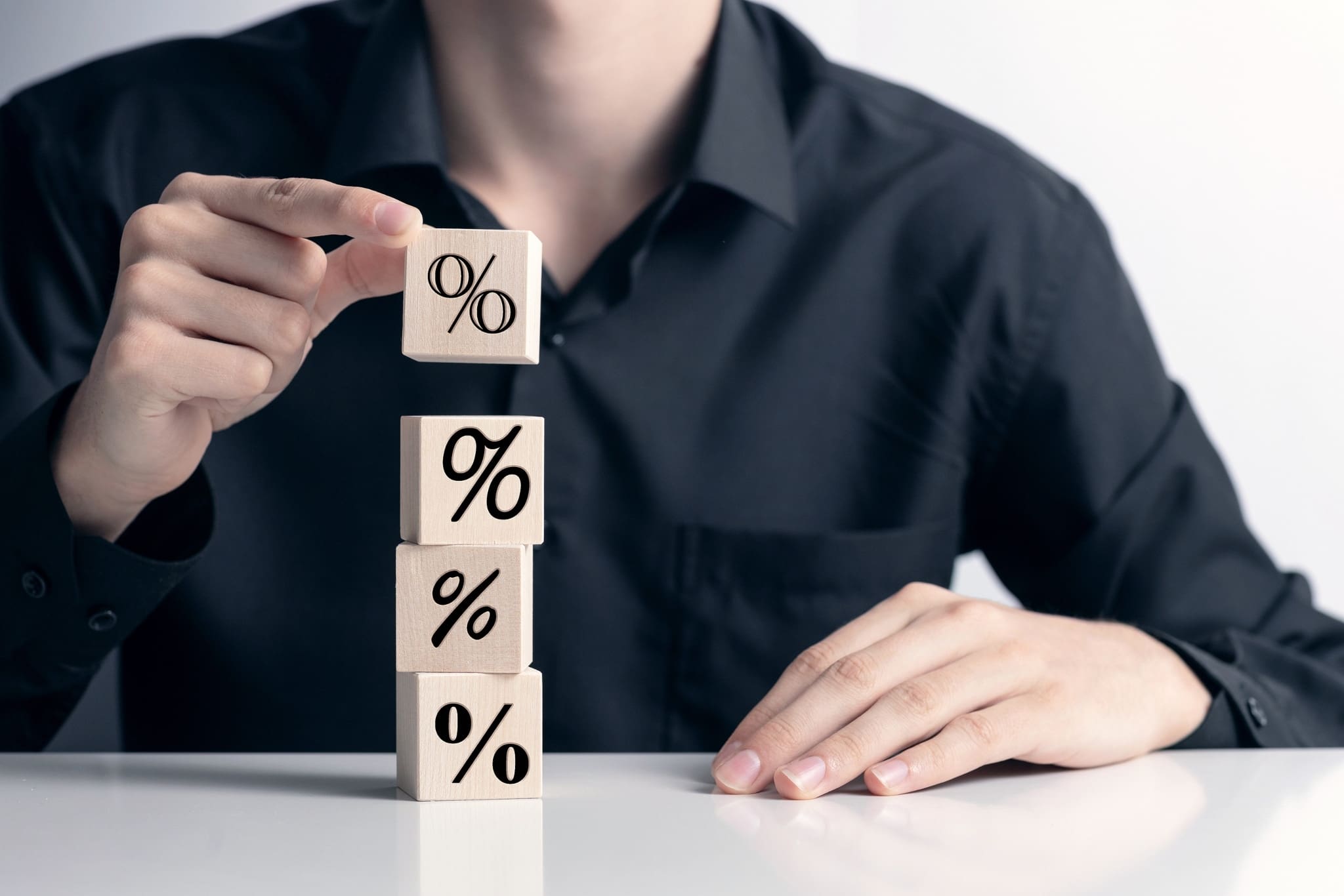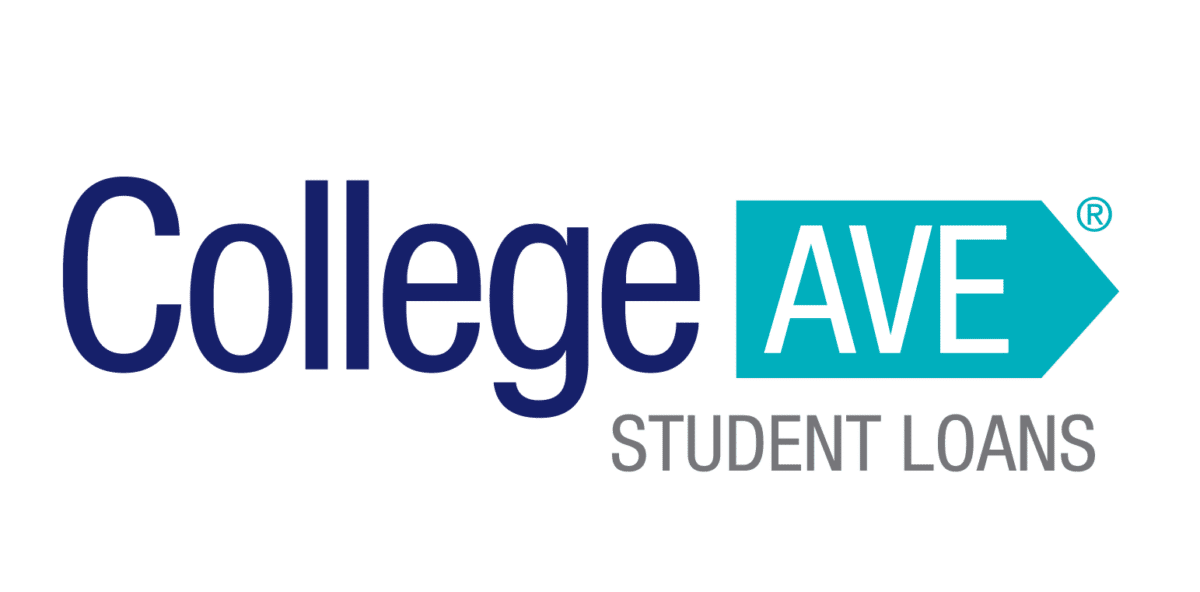
Many private student loan borrowers are struggling with rising interest rates and increasing monthly payments. But the reasons are complex, and the impacts are uneven.
Here’s what’s going on.
Federal student loan debt relief vs. private student loans
Many federal student loan borrowers have received unprecedented relief over the last few years. Payments and interest on all government-held federal student loans have been suspended since March 2020 under the ongoing Covid-19 forbearance, which is expected to continue until this summer.
Federal debt relief programs
The Biden administration has also launched a number of federal student loan debt relief initiatives, including one-time waivers for Public Service Loan Forgiveness (PSLF) and Income-Driven Repayment (IDR), streamlined debt relief for disabled borrowers, and group discharges for borrowers defrauded by their school. The administration also launched a sweeping student loan forgiveness plan, although federal courts have since blocked that program.
Private loans are ineligible
But private student loans are not eligible for federal student loan debt relief. And as a general rule, private student loans have significantly less flexibility during times of hardship than federal student loans.
Private student loans have limited repayment plan options (with no long-term income-driven repayment programs), minimal forbearance opportunities, and no access to federal student loan forgiveness initiatives. Private student loans have also been ineligible for Covid-related relief. As a result, many private student loan borrowers have been struggling.
Get Started With Our New IDR Calculator

Interest rate increases impacting some private student loans
The Federal Reserve has been rapidly increasing the central bank’s benchmark interest rate over the course of the last year in an attempt to cool historically high inflation. Higher interest rates tend to discourage borrowing (because it makes borrowing more expensive) while encouraging savings. The Federal Reserve’s actions are designed to reign in consumer spending and, in turn, slow rising prices.
Fixed-rate borrowers
For student loan borrowers with fixed interest rates, the Federal Reserve’s actions don’t have a direct impact. A fixed interest rate means that a student loan’s interest rate is set in stone under the terms and conditions of the underlying loan promissory note, and it doesn’t change regardless of current events. A fixed interest rate provides certainty for a borrower regarding monthly payments and the overall repayment cost.
Variable rate borrowers
Borrowers with variable-rate private student loans are seeing their rates increase. A variable rate means the loan’s interest rate can change over time. The loan’s promissory note would specify how a variable rate is calculated and when it may change. Many private student loan borrowers with variable interest rates are seeing their rates increase.
Private student loan payments may increase, as well
Borrowers with variable rate private student loans may see their monthly payments increase along with their interest rates. The student loan’s underlying promissory note likely outlines a borrower's minimum monthly payment. But if the note requires a specific repayment term (i.e., repayment within a set number of years), and the loan’s interest rate increases, the only way that the borrower would be able to repay a more expensive loan within the same time period would be if their monthly payment increases.
Other private student loan borrowers who took advantage of temporary hardship opportunities during the pandemic may also be experiencing increased monthly payments.
Some private student loan lenders offered borrowers temporary modifications during periods of economic hardship. These modifications could have included reduced monthly payments, a lower interest rate, or both. Typically, these options are discretionary, meaning they are not required under the student loan’s promissory note but allowed if the lender permits it. And they are also typically temporary, usually lasting for no more than 12 to 36 months (depending on the lender).
Once the temporary hardship modification ends, the original loan repayment terms kick back in, often leading to a surprising jump in monthly payments. This dramatic change may be further amplified if the borrower has a variable-rate student loan, with interest rates much higher than they were when the borrower first entered the hardship program, or if the loan terms require that the borrower repay their remaining balance by the same end-date, resulting in higher monthly payments.
Private student loan borrowers have limited options
Private student loan borrowers have limited options. The underlying loan promissory note typically governs the repayment terms, and there is no way to compel a private student loan lender to offer custom, long-term repayment terms tailored to a borrower’s specific financial circumstances. If the lender offers a hardship option, it is typically only temporary and may not be provided again once the borrower uses it.
Refinancing options are limited
A borrower’s only recourse may be to refinance their private student loan through another lender. If the borrower can secure better repayment terms and a lower, fixed interest rate, they may be able to manage repayment.
But typically, the best-available private student loan refinancing options are limited to borrowers with relatively high income and excellent credit, effectively excluding borrowers who need relief the most. Some borrowers may overcome credit or income deficiencies by having a cosigner. Still, a cosigner becomes fully legally responsible for the refinanced loan, just as the borrower is.
Furthermore, the current high-interest rate environment also impacts new private student loan origination, including refinanced private student loans. While there has been some volatility in the private student loan interest rate market, rates have generally been rising over the course of the last year.
Borrowers are at risk for default
Borrowers who cannot afford their monthly private student loan payments, cannot obtain any hardship forbearances or temporary modifications, and cannot refinance may end up defaulting on their private student loans.
Defaulting can have serious consequences for the borrower as well as any cosigner. These consequences can include late fees, lasting credit report damage, collections activity, and even litigation (depending on state law, which can lead to even more serious problems such as wage garnishments or liens). In some cases, however, defaulted private student loans can be settled via a negotiated outcome.
How to get help
Borrowers struggling with defaulted private student loans should consult with a consumer protection attorney licensed in their state of residence. You can find an attorney via the National Association of Consumer Advocates.
| Lender Name | Lender | Offer | Learn more |
|---|---|---|---|
| Sallie Mae |

|
Competitive interest rates.
|
Fixed 4.50 - 15.69%
Variable 6.37 - 16.78%
|
| Earnest |

|
Check eligibility in two minutes.
|
Fixed 4.67 - 16.15%
Variable 5.87 - 18.51%
|
| Ascent |

|
Large autopay discounts.
|
Fixed 4.09 - 14.89%
Variable 6.22 - 15.20%
|
| College Ave |

|
Flexible repayment options.
|
Fixed 4.07 - 15.48%
Variable 5.59 - 16.69%
|
